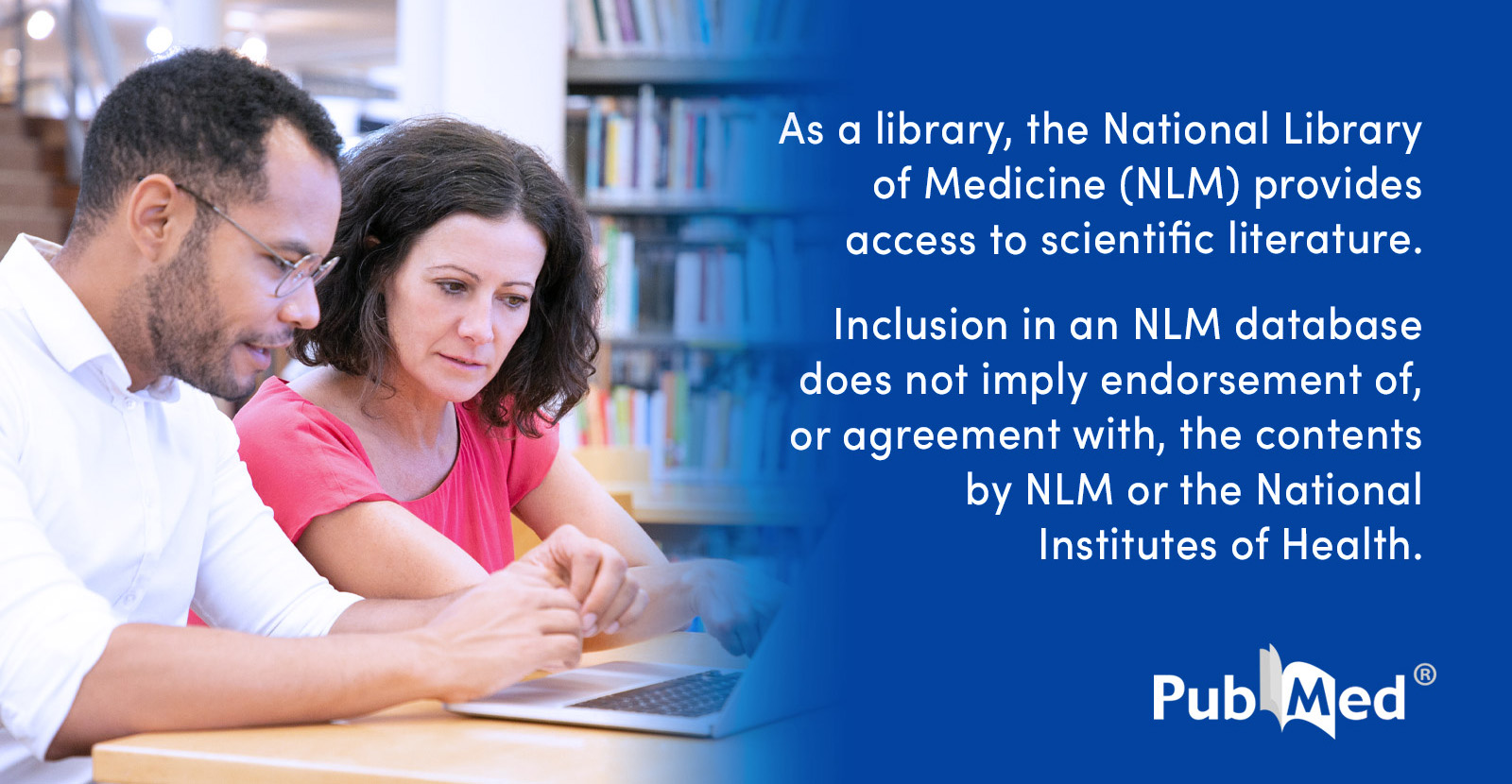J Virol. 2012 Sep 5. [Epub ahead of print]
A mouse model for the study of contact-dependent transmission of influenza A virus and the factors that govern transmissibility.
Edenborough KM, Gilbertson BP, Brown LE.
Source
Department of Microbiology and Immunology, The University of Melbourne, Parkville 3010, Australia.
Abstract
Influenza A virus transmission by direct contact is not well characterized. Here we describe a mouse model for investigation of factors regulating contact-dependent transmission. Strains within the H3N2 but not H1N1 subtype of influenza were transmissible and reverse-engineered viruses representing hybrids of these subtypes showed that the viral hemagglutinin is a determinant of the transmissible phenotype. Transmission to contact mice occurred within the first 6-54 hours after co-housing with directly infected index mice, and the proportion of contacts infected within this period was reduced if the index mice had been pre-infected with a heterologous subtype virus. A threshold level of virus present in the saliva of the index mice was identified, above which the likelihood of transmission was greatly increased. There was no correlation with transmission and viral loads in the nose or lung. This model could be useful for preclinical evaluation of anti-viral and vaccine efficacy in combating contact-dependent transmission of influenza.
PMID:
22951824
[PubMed - as supplied by publisher]
A mouse model for the study of contact-dependent transmission of influenza A virus and the factors that govern transmissibility.
Edenborough KM, Gilbertson BP, Brown LE.
Source
Department of Microbiology and Immunology, The University of Melbourne, Parkville 3010, Australia.
Abstract
Influenza A virus transmission by direct contact is not well characterized. Here we describe a mouse model for investigation of factors regulating contact-dependent transmission. Strains within the H3N2 but not H1N1 subtype of influenza were transmissible and reverse-engineered viruses representing hybrids of these subtypes showed that the viral hemagglutinin is a determinant of the transmissible phenotype. Transmission to contact mice occurred within the first 6-54 hours after co-housing with directly infected index mice, and the proportion of contacts infected within this period was reduced if the index mice had been pre-infected with a heterologous subtype virus. A threshold level of virus present in the saliva of the index mice was identified, above which the likelihood of transmission was greatly increased. There was no correlation with transmission and viral loads in the nose or lung. This model could be useful for preclinical evaluation of anti-viral and vaccine efficacy in combating contact-dependent transmission of influenza.
PMID:
22951824
[PubMed - as supplied by publisher]
